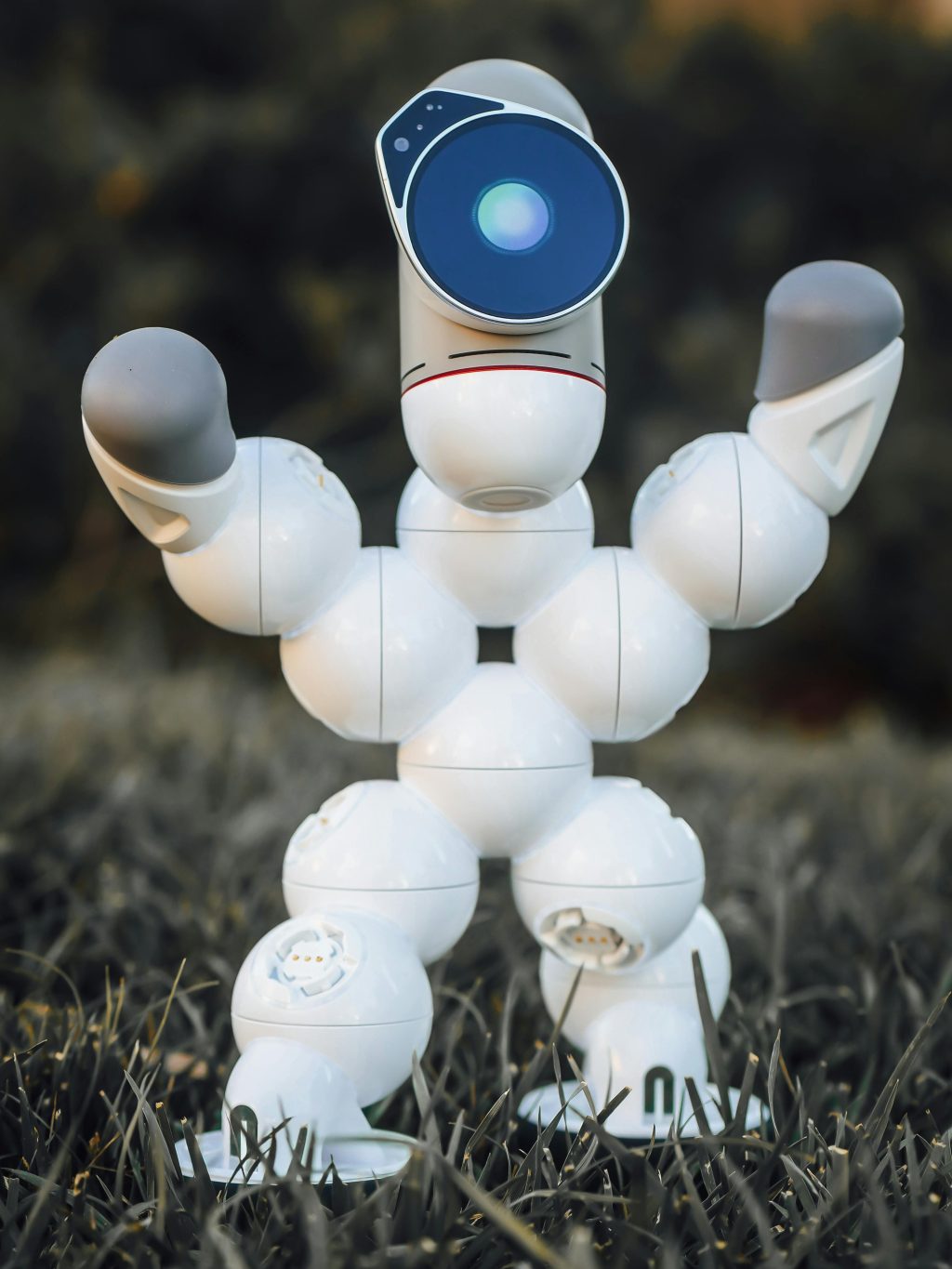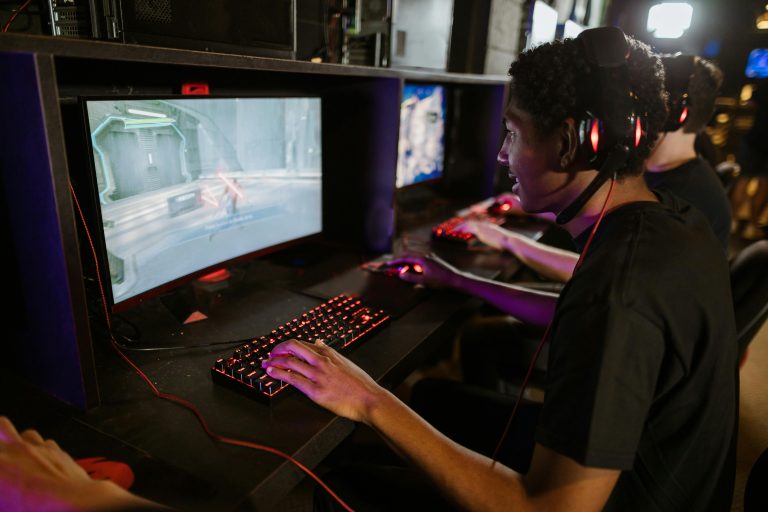
Remember the sidekick. For decades, they were a staple of story-driven games, a loyal but often simplistic presence whose primary functions were to carry extra ammo, occasionally shoot an enemy you missed, and deliver scripted lines of dialogue at predetermined moments. Your bond with them was a narrative illusion, a pre-written story of camaraderie you were told to believe rather than one you felt you had built. But a seismic shift is underway in the world of interactive storytelling. The era of the static NPC is fading, making way for the dawn of sophisticated AI companions. These aren’t just followers; they are dynamic partners, learning, reacting, and forming a unique bond with each player, fundamentally revolutionizing how we connect with digital worlds and their inhabitants.
From Scripted Puppets to Dynamic Partners
The journey to today’s AI companions began with ambitious but mechanically limited attempts. Early games like Fable II made your dog a beloved feature, but its behaviors, though endearing, were ultimately a set of predictable animations. The revolution started when developers began leveraging more advanced artificial intelligence, specifically machine learning and complex behavior trees, to move beyond pre-scripted interactions.
Instead of following a rigid path, modern AI companions operate on a system of wants, needs, and contextual awareness. They don’t just wait for a trigger; they assess the environment, the player’s state, and their own internal “memory” to make decisions. They can take cover intelligently in a firefight, offer unsolicited but relevant commentary on a location you’re both seeing for the first time, or remember a past event and bring it up hours later. This shift from puppet to partner is the bedrock of the new player-companion relationship. The companion’s actions feel earned and authentic because they are not solely dictated by a writer, but emerge from a simulated personality interacting with a dynamic world.
Crafting the Illusion of a Conscious Mind
So, how do developers create this powerful illusion of a conscious, caring companion? It’s a sophisticated blend of technology and narrative design working in concert.
Behavior Trees and Contextual Awareness
At the core are complex behavior trees that govern decision-making. These are not simple “if-then” statements but vast networks of potential actions. An AI companion can choose to flank an enemy, provide suppressing fire, heal you if you’re low on health, or scavenge for resources—all based on a continuous assessment of combat priorities. This makes them competent and reliable in gameplay terms, which builds trust.
The Power of Reactive Dialogue
Narrative is where the bond truly solidifies. Advanced dialogue systems allow companions to react to minute-to-minute events. Commenting on the weather, a specific enemy type, a puzzle you’re struggling with, or a beautiful vista creates a sense of shared experience. More importantly, they react to your choices. If you make a morally questionable decision, a well-written companion will express disapproval, disappointment, or even anger, creating genuine emotional stakes.
Memory and Acknowledgment
The most powerful tool in the arsenal is a simple one: memory. When a companion references a quest you completed together three hours ago, or asks about a character you met earlier, it shatters the illusion of a disposable game element. It tells the player that their journey matters, that their actions have weight in the mind of their digital partner. This acknowledgment is the key to transforming code into a character you care about.
Case Studies: Companions That Changed the Game
Several recent titles exemplify this revolution, each adding a unique layer to the player-companion dynamic.
In Microsoft’s Flight Simulator (2022), the addition of an AI-powered co-pilot, while not a narrative companion, showcases the potential for AI to serve as a patient, knowledgeable guide in incredibly complex scenarios, teaching and assisting players in real-time.
Remedy Entertainment’s Control features a fantastic example with its Board Countermeasure missions. While not a physical companion, the AI Director’s voice, reacting to your actions and guiding (or misdirecting) you, creates a constant, eerie, and compelling presence that feels deeply integrated into the world’s lore.
Looking forward, the promise of generative AI and large language models (LLMs) points to a future where conversations are truly unscripted. Imagine a companion you can speak to freely via your microphone, who can respond with unique, context-aware dialogue that never repeats. This technology promises to make the bond feel completely personal and unscripted, the ultimate evolution of the dynamic partner.
The Future of Emotional Gameplay
The implications of advanced AI companions extend far beyond mere technical achievement. They are poised to redefine emotional engagement in games.
These companions can act as a narrative compass, reflecting the player’s own morality and choices back at them, making stories more personally resonant. They can provide tailored support, offering hints when a player is frustrated or stepping back to let them shine when they’re excelling. For players who experience games alone, a well-crafted AI companion can alleviate feelings of isolation, providing a constant, engaging presence that makes vast digital worlds feel less empty and more alive.
The rise of AI companions marks a move towards truly personalized storytelling. No two players will have an identical experience with their companion because the relationship is built through unique, emergent interactions. Your Ellie from The Last of Us or your Palico from Monster Hunter becomes yours in a way a static character never could be.
The pixelated sidekick has evolved. It has grown into a complex digital being capable of surprise, empathy, and genuine partnership. AI companions are no longer a feature; they are the very heart of a new narrative paradigm in story-driven games. By blending cutting-edge technology with profound emotional intelligence, they are creating bonds that feel real, stories that feel personal, and experiences that linger long after the controller is put down. This is more than a revolution in gameplay; it’s a revolution in connection, and we are only at the very beginning.






